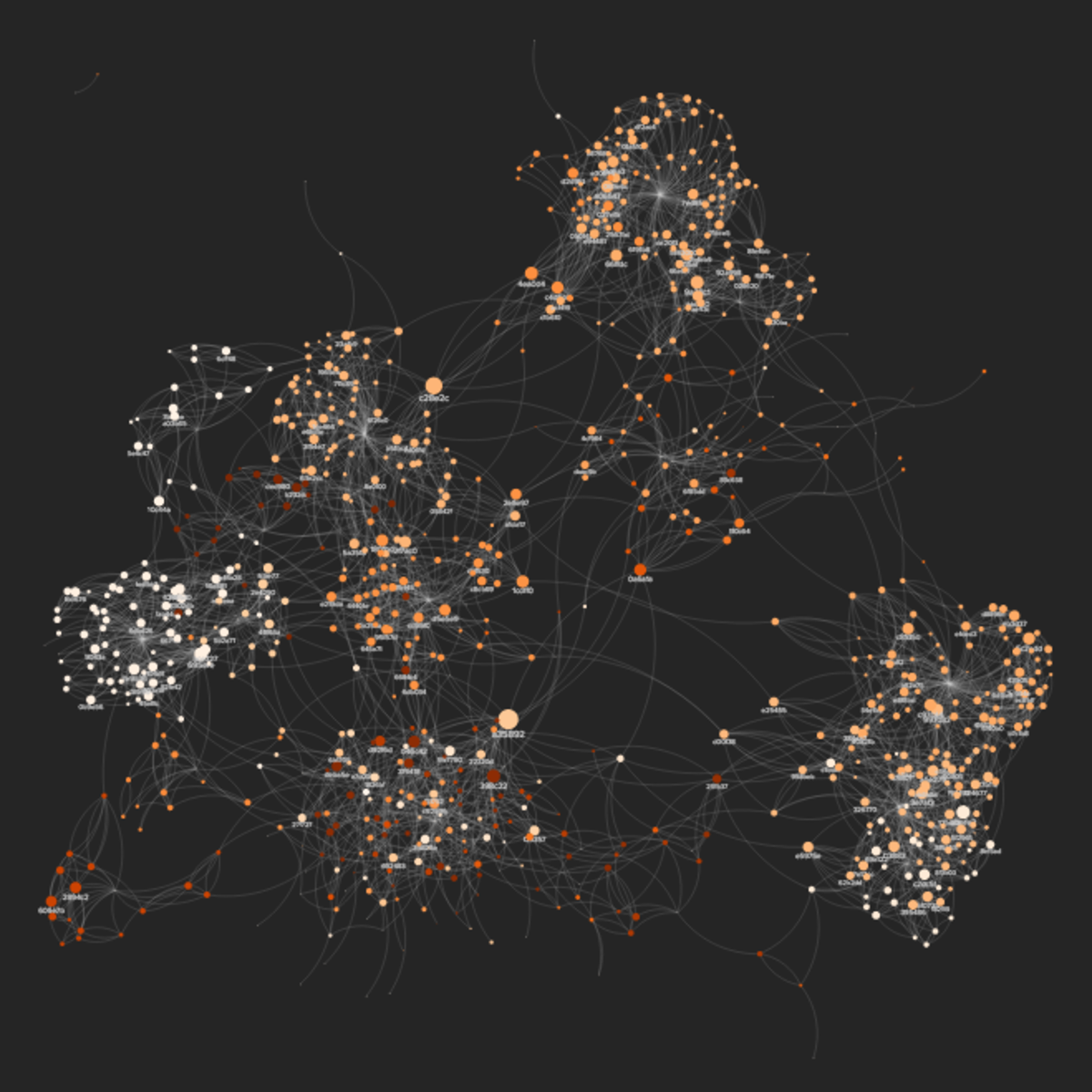Back to Courses









Networking Courses - Page 9
Showing results 81-90 of 135

Aruba SD WAN Basics
The Wide Area Network (WAN) is the focal point for connecting different sites of an organization in a global environment. In Aruba SD-WAN Basics, you’ll get an introduction to the Wide Area Network (WAN) and how Software Defined-WAN (SD-WAN) addresses today’s IT challenges. We’ll look at how SD-WAN simplifies network operations with automation and provide greater visibility to manage security challenges. Learn the fundamentals of how the Aruba SD-WAN solution works with EdgeConnect SD-WAN Fabric to simplify deployment, operations, and monitoring.
This introductory webinar is ideal for candidates new to SD-WAN technologies. We recommend a basic understanding of networking concepts, take the free Aruba Networking Basics course for a refresh.

Python Dynamic HTML Web Server
Web application servers are abundant these days. Each have one thing in common, they ultimately process requests and return web pages. Apache serves PHP pages along with static HTML. Microsoft’s .NET creates dynamic web pages that may be authored using C# or VB and served using IIS. Java Enterprise Edition has many options, WebSphere, WebLogic, and Apache TomEE to name a few server platforms.
Python has its own web server that can be built in one line of code, but it is relatively simple to create the server code yourself. This is useful if you want to understand how web servers work and can be used to quickly test your own web pages. In addition, some browsers will not load local files due to security; using a simple web server solves this issue as well.
In this course, you will create a Python application in which you will create a simple HTTP server, create a static web page, create dynamic pages using python, and access the pages from the server using the command line as well as from a browser.
Note: This course works best for learners who are based in the North America region. We’re currently working on providing the same experience in other regions.

Juniper Networks Security Concepts and Initial Configuration
In this course, you will be introduced to Juniper’s basic network security design concepts. You will learn about the Junos operating system (Junos OS) along with SRX Series security devices. You will learn the basics of the Junos CLI and J-Web user interfaces including initial configuration tasks and basic interface configuration. The course will explain the concepts of security zone objects, screen objects, address objects, service objects and how they are configured. The different types of security policies and their purpose will be explored along with an explanation on how to implement security policies on SRX Series devices.

Improving Network Performance II
This is a self-paced lab that takes place in the Google Cloud console. In this lab, you'll work on further practical elements of performance testing, toward improving network server performance by using load balancing and content caching.

Deploy Go Apps on Google Cloud Serverless Platforms
This is a self-paced lab that takes place in the Google Cloud console. Use GO (golang) to deploy an app on App Engine, Cloud Run, and Cloud Functions using Cloud Build

Introduction to Systems and Network Mapping with Kumu
In this 1-hour long project-based course, you will create an interactive multi-elements relationship map, as well as design visualizations for a real-world social network, based on metrics analyses.
Besides helping you to make sense of complex data, relationship maps like the ones we will build here are a great medium to visually present Causal Loop and Stock and Flow diagrams, as well as non-linear dynamics within an ecosystem.
This project will also introduce you to some of the basic concepts behind network theory, which will inform the analyses and interpretations of the maps you will create.
The art and craft of creating and communicating relationship maps is applicable to a wide range of areas, from design and software engineering, to organization consultancy and community building. And this project is an accessible opportunity for anyone to get some hands-on practice and knowledge on this subject. So let's map!
Note: This course works best for learners who are based in the North America region. We’re currently working on providing the same experience in other regions.

IoT Communications and Networks
By presenting the building blocks of the IoT network architecture, this MOOC will help learners adapt to the fast changing communications and networking environment of IoT.
The IoT world represents billions of sophisticated objects, such as sensors, actuators and meters, that are deployed nearly everywhere, in homes, hospitals, factories, cities, and are connected to the Internet. However, they come with limited capacity in terms of memory storage, computational power and energy; how can these objects then ensure network reliability and timely transmission?
That is what you will learn in this course: how we can set up wireless communications and networking in the IoT to achieve these goals.
This course has received financial support from the Patrick & Lina Drahi Foundation.

Aruba Networking Basics
In Aruba Networking Basics, you will learn what a basic computer network is, compare local and wide area networks, use cases, and implementation types. Communication over these networks relies on protocols. Once you learn about those, you will be well on your way to understanding network communications and well prepared to learn VLANs and how to configure an Aruba OS Switch! This course includes a free Hands-On Lab to help you comprehend the concepts.
Typical candidates for this course are individuals who are new to networking and want to learn the basics of wired networking.

Cloud-Based Network Design & Management Techniques
This 2-part eLearning course builds an understanding of modern cloud-network design and management techniques, crystalizing lofty ideas of "cloud" and "edge" so you can embrace the latest industry trends and best-practices.
A successful modern network architect requires a keen understanding of business requirements, network components, and the challenges of architecting good solutions. In the 1-hour Aruba Modern Cloud Network Design course you’ll get a high level overview of key network design topics trending in the Edge era.
The devices we manage constantly evolve as new protocols, security mechanisms, and redundancy solutions emerge; and so the techniques we use to manage these dynamic systems must respond to and even anticipate this changing landscape. In the Modern Cloud Network Management Techniques 1-hour course you’ll learn about key aspects of the network management journey and the newer technologies and techniques to help you embrace the Edge. Learn about the network management challenges that drive new technologies, get familiar with classic Network Management System (NMS) tools, and learn about the modern NMS tools like Aruba ESP developed to reduce overhead, speed diagnosis, and improve situational awareness.
Typical candidates for this course are IT Professionals and/or Network Engineers who want to learn about Aruba’s modern approach to network design.

How to Secure your Network Device using Cisco Packet Tracer
In this 1-hour long project-based course, you will create a network topology using cisco packet tracer. Throughout the project, you will be able to authenticate the switches and the router in your the network topology, make PCs from different VLANs communicate with each other, and Finally configure DHCP protocol on the router and be able to protect your switch ports from attackers. This guided project is for people who are interested in getting started in the network security field and for the people interested in computer networking architecture. This guided project will enhance your skills in the network security field as the security field is one of the most promising fields in the next few years.
Popular Internships and Jobs by Categories
Find Jobs & Internships
Browse
© 2024 BoostGrad | All rights reserved